Interesting, funny and little-known facts about dogs
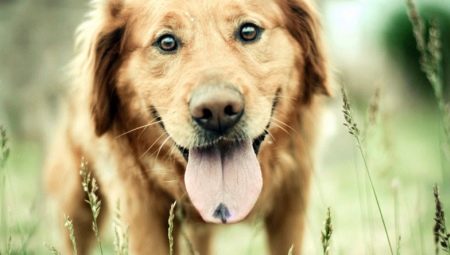
The dog has long and firmly taken its place next to the man. She is an incorruptible "guard", devoted friend, reliable assistant and caring companion. The life of a four-footed friend is surrounded by many tales. Some of them contain real information, others are more like fairy tales, surprising knowledgeable people with their unreality.

Top surprising facts
Let's get acquainted with the most amazing facts from the life of pets, known to the general public, as well as those that you did not know about.
- The tallest dog in the world is the Great Dane. The height of an adult animal at the withers is more than 80 cm. One of the representatives of the breed, a dog named Gibson, is listed in the Guinness Book of Records as the highest. Its body length from nose to tail is 2 m 15 cm.
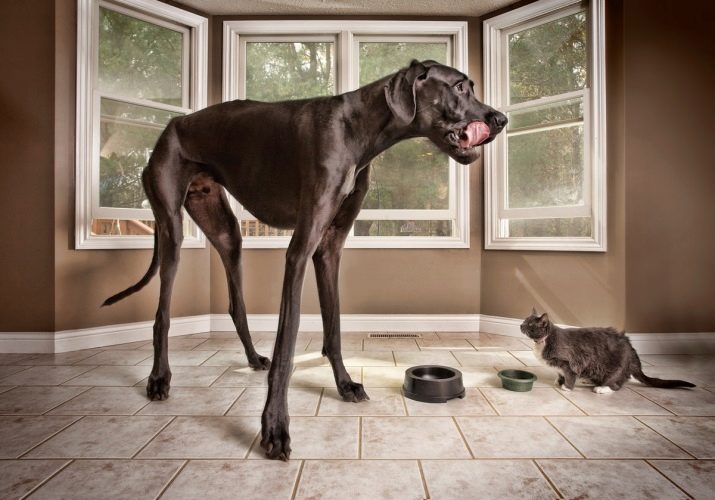
- Today, the largest dog in the world is the Blue Great Dane George., whose height at the withers is 1.1 m, body length - 2.21 m, weight - 110 kg.
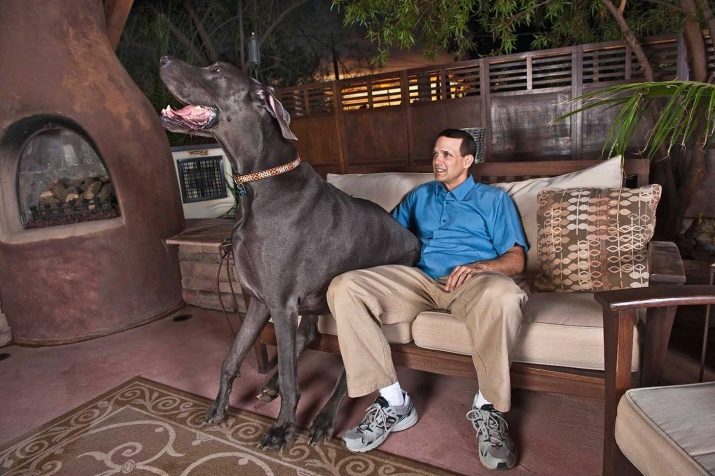
- Chihuahuas are the smallest dogs with great courage. The name of the breed comes from the name of the state in Mexico, where the dogs come from. Chihuahua named Millie is recognized as the smallest dog. Her height does not exceed 9 cm, and her weight at the age of 2 was only 400 g.

- St. Bernards are the heaviest representatives of the dogs in the world.

- The most muscular dog, Big Wendy, comes from the Whippet hounds. Her bulky muscles were formed due to defective genes. Despite her stern appearance, she is very kind and loves to lie on the lap of her owners.
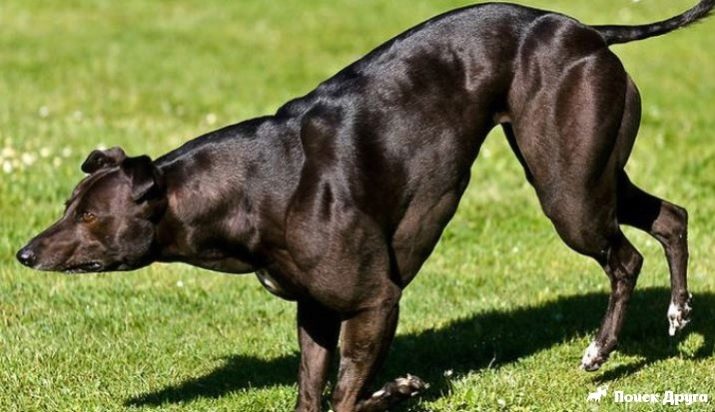
- Greyhound hounds Are the fastest short distance runners. The maximum recorded speed shown by the dog named Star was 67 km / h.
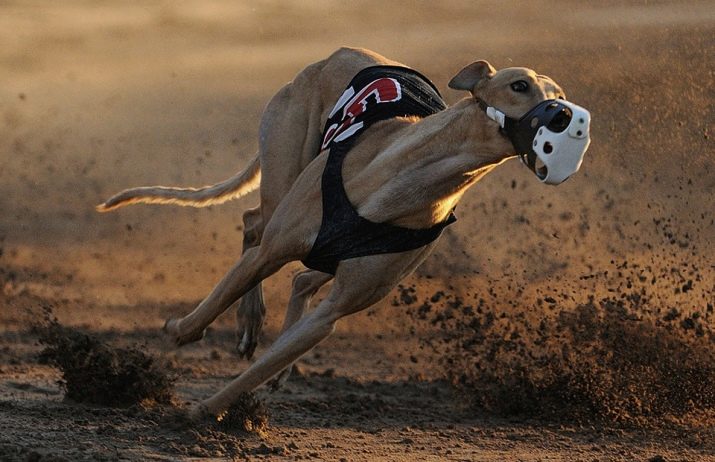
- If you want to have the smartest dog, turn your attention to the representatives of the breed. poodle, doberman, german shepherd, labrador or husky.

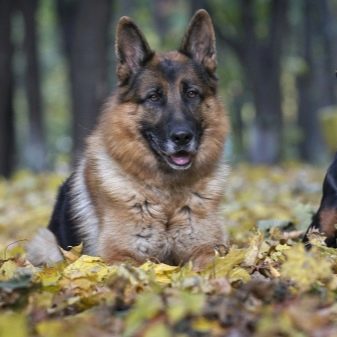
- The hardest to learn afghan hound.
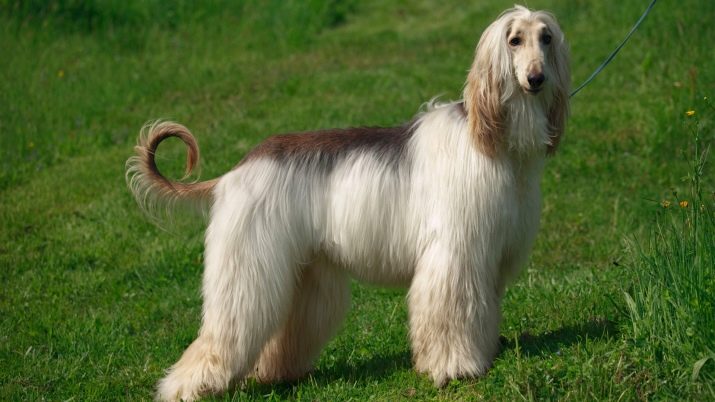
- The rarest and least known breed of dog is the Chinook. In 1981, when they decided to renew the breed, there were only 12 individuals among its representatives. Even today, the breed is teetering on the brink of extinction. The Eskimo dogs are in the same position.

- Official dog breeds in the world there are 703.
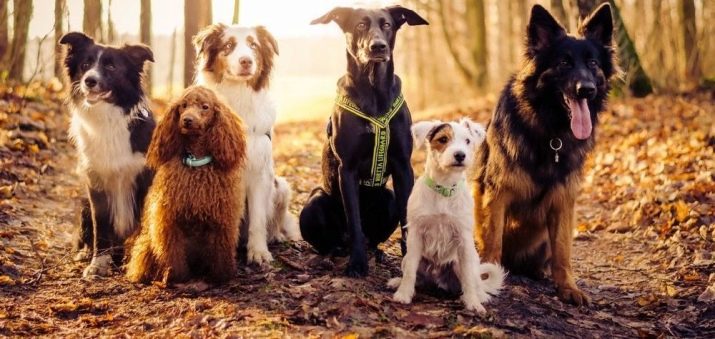
- Dogs can laugh, emitting a kind of snort, and they can recognize such a "laugh" even in the recording and react to it accordingly.

- Domestic dogs are as stressed as their owners. Stress causes stomach upset in one third of dogs.

- The family in which the four-legged friend lives is his flockwhere the owner will be a leader who is respected for his strength and authority. The dog will be happy to carry out commands and be responsible for protecting the family and territory. For the same reason, in half the cases, the domestic dog will sleep in the same bed with the owners, even if it is forbidden. Instinct, you can't argue with him.

- If you want to have a silent dog, which will not bother you by barking, get a Basenji puppy... Representatives of this breed do not bark, but hum melodiously, but even this is very rare to hear from them.

Interesting scientific information
In addition to various information about dog breeds and their behavior, there is scientific evidence, documented.
Origin
Everyone knows that the dog is the first wild animal tamed by man. In 1975, archaeologists found the oldest remains of domestic dogs in the world on the territory of Siberia in the Altai Mountains, in the Razboinichya Cave. The age of the bones was estimated at 33.5-34 thousand years.
There are two versions of domestication. First: people specially tamed a wild animal, which at first was used to help in hunting, and only then the dog became not only an assistant, but also a companion. According to another version, no one tamed the dogs on purpose, the whole process happened naturally. Wolves began to settle closer to human settlements because of the opportunity to feast on the remains of the carcasses of the killed animals, as a result of which there was a gradual domestication. Findings of wolf bones speak in favor of this. The remains of ancient wolves found near human camps are over 100 thousand years old.

The exact ancestors of the pets are unknown. There are suggestions that dogs descended from wolves or jackals, since modern species of these animals easily interbreed with dogs. There is also an assumption that there was an intermediate species - the wolf-jackal, which later became a domestic dog.
Forty million years ago, there was a beast on the planet that looked like a modern weasel. These creatures lived in trees and in holes. In the process of evolution, these animals became the progenitors of wolves, jackals and dogs. In addition, due to the wide variety of breeds that differ in appearance and size, there is a possibility that dogs originate from different ancestors.
A dog and a wolf have about 80 similar chromosomes in their DNA, and the composition of their teeth allows them to eat more than just meat. But some species of hounds, whose chromosomes differ from the wolf by more than half, have a jaw structure designed to consume only meat. The genetic code of dogs is divided into four groups. The first, the most ancient, is similar to the wolf, while the next three were obtained and fixed by selection. More "modern" sets of genes are responsible for what the dog will do best: to hunt, guard or graze livestock. Shar Pei, Pekingese and Siberian huskies have the longest history of modern dog breeds.
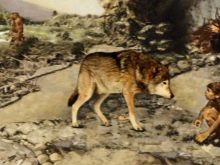
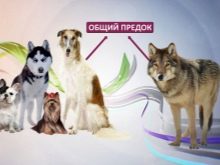
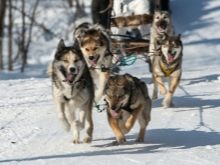
Properties of the organism
It has long been known that dogs are color blind due to the lack of cones on their retinas that are responsible for the perception of the red and orange spectrum.But dogs are better at distinguishing all shades of gray than we are. The structure of the dog's eye is such that it perceives moving objects better. Scientists conducted an experiment and found that a dog can see a motionless person at a distance of no more than 250 meters, while he can see a waving hand at a distance of 1.5 km. The viewing angle is around 250 ° for most dogs and 270 ° for hounds. In a dog, unlike a person, there is a third eyelid to protect the eyes. It is located in the inner corner of the eyes and serves to clean the surface.
Hearing in dogs is much more subtle than in humans. A pet is able to distinguish sounds with a frequency of up to 40 kHz (ultrasound), while a person has a limit of 20 kHz. Thanks to its fine hearing, the dog distinguishes music well and sensitively picks up the slightest dissonance. In 1 / 600th of a second, a dog is able to determine the source of a sound at a distance 4 times the human limit.


A dog's wet nose is a primary tool for finding food, mate, and social behavior. The dog is able to divide the general stream of odors into components in order to isolate the necessary one. The sensitivity of the scent is such that the dog can pick up billionths of the desired substance. The moisture on the nose helps to better capture and navigate odors. A dog's nose print is unique to each individual and can be used as an identifier, just like human fingerprints.
Dogs regulate body temperature through their tongue. Therefore, tight muzzles that prevent the tongue from sticking out can lead to the death of the dog from overheating. An interesting way the dog uses to quench his thirst: he drinks water with his tongue rolled up in the form of an inverted spoon. In our opinion, this is inconvenient, but everything suits her.
Sweat in dogs is secreted through the pads of the paws, which is why microorganisms accumulate there, whose vital activity creates a smell similar to that of chips. If you have sensed the characteristic amber, then do not scold the pet, but simply wash its paws.


Sensitive hearing and a keen sense of smell allow the dog to feel the slightest fluctuations in the atmosphere, so our four-legged friends can predict the weather. Dogs have two sets of teeth. The first set, puppy, contains only 28 teeth, and is completely replaced by five months. An adult dog has 42 teeth, of which 22 are located on the lower jaw.
A dog uses 18 types of muscles to wiggle its ears. Dogs of the Lundehund breed have 6 fingers, while other species have 4, and the fifth, profitable toe, can be located at different heights, and often does not have any effect on the movement of the dog. Some breeds require removal of profitable toes by standards. Chihuahua puppies at birth have a soft "fontanelle" on the crown, like a human baby.
Chocolate and raisins can do great harm to a dog's body, even in small quantities. These two products cause serious diseases, since they are not broken down by the dog's body.


Intelligence
Dogs can count to at least five and perform the simplest mathematical operations within these limits, their mental development corresponds to the intelligence of a child aged 2-5 years. Therefore, you should not demand logical actions from the pet, but on the other hand, no one canceled the ingenuity and life experience that our four-legged friends often use.
Dogs know how to cross the road correctly. They just don't use traffic signals for this, although they look in that direction. The signal for starting the movement is the behavior of people at the transition, the actions of drivers who slow down, and the distance to the car. Urban stray dogs know how not only to cross the road correctly, but also to use the metro services, moving from one area of the city to another in search of food.

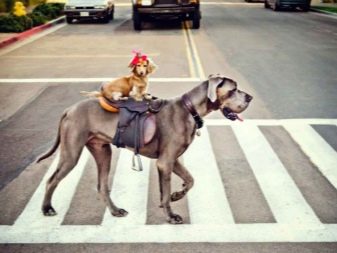
Man and dog are genetically related. This is expressed not only in the fact that we have a lot of common genes, but also in the perception of verbal signals given by humans by dogs.Scientists conducted an experiment in which puppies of a dog and a wolf were involved. Two closed containers were placed in front of the kids, one of which contained food. The experimenter showed with body movements in which of them the delicacy was stored. The cubs lost to the puppies, since for them understanding a person is not an important skill for survival.
Dogs, like many pets, love classical music. They perceive rock negatively, but four-legged music lovers do not perceive pop music as music. Although there are exceptions to any rule.
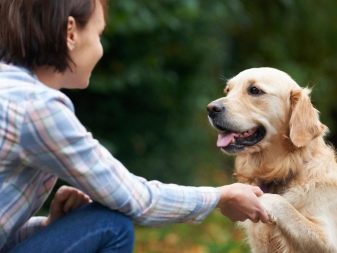

Funny and unusual pet skills
A dog driving is no longer a wonder. In New Zealand, three dogs were taught not only to drive in a straight line, but also to turn.
It has long been noticed that over time, dogs and their owners become similar not only in character, but also acquire an external resemblance... Dogs experience human-like emotions. They know how to be sad, happy, angry, love and much more, and their expressive "pugs" convey the whole gamut of feelings to people. Dogs, like humans, understand what they are pointing at. No other animal on Earth perceives this gesture correctly.
Don't ignore the fact that your pet may feel negative emotion directed at you, even if it is subtle.
Take a closer look at how your pet dog reacts to incoming friends. After all, it is not for nothing that they say that a dog does not rush to a good person. Dogs know how to determine when the owner will come home, and rejoice in advance of his appearance, even if it happens at different times.

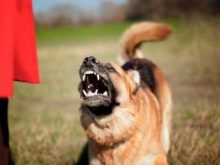

The dog's devotion defies description. Think of the films White Bim, Black Ear or Hachiko, based on real stories. The dog can determine the cancer in the owner at an early stage., the main thing is to understand in time the signals given by a faithful friend. If you had a hard day or it was ruined, then stroke your pet, and everything bad will go away, the burden of worries will be removed, and the mood will rise. The dog in the house is the best psychotherapist. He will listen, caress, support and will not annoy with advice and morality.
Dogs ask for the same food that humans eat because they trust the owner's opinion. If you are enjoying a dish, your dog will definitely ask for a bite.


Little known information about dogs
Let's get acquainted with some some pretty interesting facts about dogs that few people know.
- Paul McCartney at the end of the song A day in the Life recorded an ultrasonic combination especially for his beloved dog.
- The German Shepherd Dog Rin-Tin-Tin is the first dog-actor to star in 22 films. The dog signed all contracts with the film studio independently, leaving a paw print on the document.
- In ancient China, the emperor wore a Pekingese dog in his sleeve, which he could unexpectedly throw in the face of the attacker as a last resort.
- In the 11th century, a dog named Saur ruled the Norwegian kingdom for three years.
- Spiked collars were invented by the ancient Greeks to protect a dog's neck from a wolf's grip.
- Dog owners in India can take advantage of a dedicated dating service created for four-legged pets. Internet matchmaker services for dogs were in great demand.
- In Hong Kong, a pet store allowed the dogs to be taken on a trial period so that future owners could make the right decision. As a result, sales of puppies increased fivefold, and only about 10% of the rented animals returned back.
- Friendship is not only between man and dog, but also among dogs and other animals. The most famous representatives of such a friendship are the blind dog Bucks and his guide the Goose Buttons. For several years now, this couple has been coexisting together. Buttons helps his disabled friend on a walk, showing the direction of movement and protecting him from obstacles.
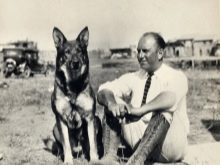

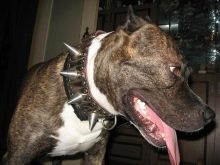
You can endlessly list various curious facts from the life of a person's first friend, but it is best to watch your pet.You can make a lot of new discoveries and add your own notes to the list.
For interesting facts about dogs, see the next video.







































I did not know such facts.
I have a pianist friend, so he taught the dog to howl to the music, although earlier the dog lived with other owners and did not know what music was. In general, dogs are loyal creatures, they try to adapt to the interests of their owner and friend.